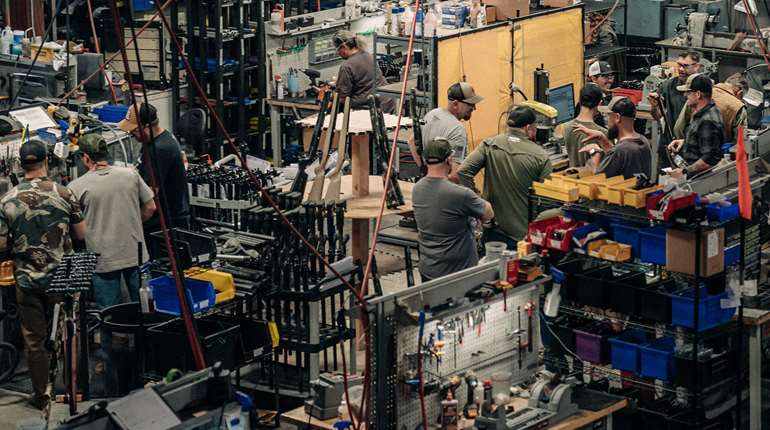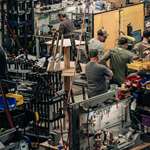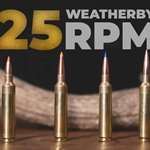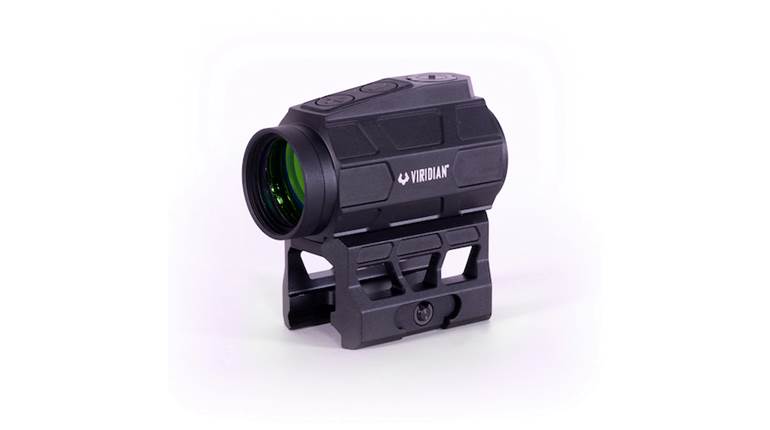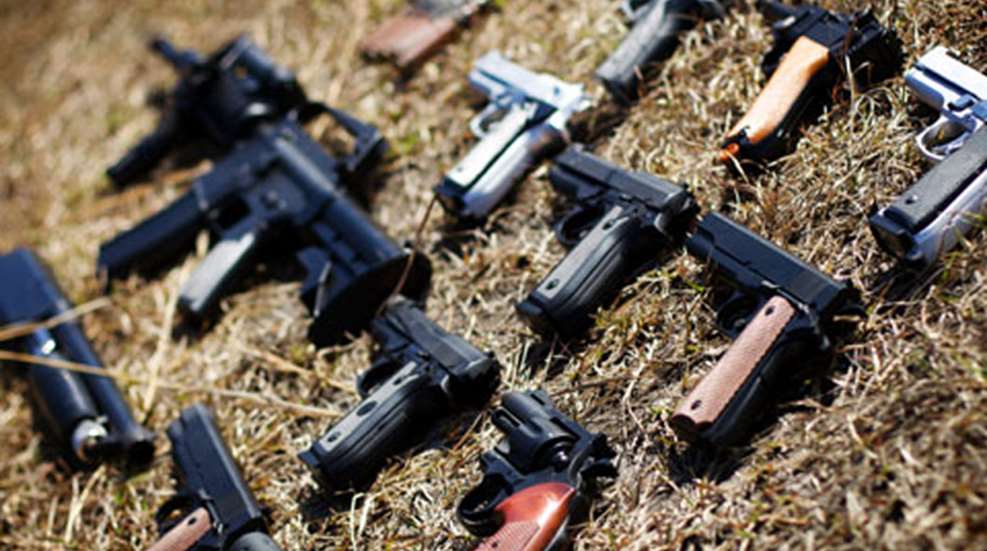
Possibly the only topic to generate more arguments than politics is the never-ending discussion of what qualifies as the “best” home-defense gun. The truth of the matter is, no single shooting solution meets the needs of every individual or household. Every firearm is an exercise in compromise. Each platform has limitations to be considered carefully when making a choice.
Many firearms can be useful for a variety of applications, such as target shooting, hunting and concealed carry, as well as protecting your family. However, the following discussion focuses on firearms in the primary role of home defense. The general advantages and disadvantages of each gun type should be considered in light of the fact that most houses and living areas limit the defender's mobility. Remember, practical defensive shots will be fired at very close range, i.e. contact distance, to across-the-room ranges of 5 to 10 yards.
Gun buyers should be looking for a firearm and ammunition combination offering an optimum level of stopping power. Overpowered guns produce excessive amounts of recoil, noise and muzzle flash that can leave the home defender deaf, blind and pointed in the wrong direction. More importantly, hot rounds are more likely to pass through the intended target, travel through thin wall or window materials and keep on going to cause unintended damage to others. At the other end of the spectrum, underpowered guns will not stop the threat effectively.
Dealing with the concerns of overpenetration or underpowered defense options is one of the reasons civilians are often encouraged to examine law enforcement agency practices. A police officer and a home defender have the same goals in mind, namely, to stop a threat quickly without causing unintended collateral damage. So don’t be too surprised when some of the gun choices listed here look like they came out of a precinct inventory.
Plenty of affordable rifles and handguns are available chambered in .22 Long Rifle. However, they should be avoided for home-defense. The .22 round produces low levels of stopping power, allowing an assailant to continue doing harm long after he or she has been struck by the bullet. Rimfire guns like the .22 are more likely to jam or fail to fire due to faulty primers than center-fire shotgun, rifle or handgun cartridges. The .22s are terrific for plinking, small-game hunting and practice but they have no place in a home-defense lineup.
Shotguns
The primary difference between shotguns intended for outdoor sports and those for self-defense is the barrel length. Combat shotguns—sometimes called riot guns, are typically fitted with short barrels between 18.5 to 20 inches in length. Some combat models offer an extended magazine capacity, or a specialized sighting system, but they are usually the same as sporting shotguns in other respects.
The common types of combat shotgun include pump-actions, semi-automatics and occasionally break-actions. The pump-action, or slide-action, requires the shooter to pull the forearm back toward the receiver and then push it forward again to chamber a fresh round from the magazine. Pumps are plentiful, relatively inexpensive and mechanically reliable. Semi-automatics chamber a fresh round with each pull of the trigger until the magazine is empty. Semi-autos can fire shots more quickly and accurately, but they are more expensive to buy. Break-actions are hinged to allow the base of the gun's single or double barrel to swing away from the receiver to remove spent shells and load fresh ones manually. Break-actions are reliable and simple to operate, but they only offer a one or two-shot capacity.
The 12-gauge combat shotgun has been called the most effective anti-personnel firearm invented. The saturation effect of buckshot and, at close range, birdshot is simply devastating to soft tissue. The result is a high degree of stopping power. However, the felt recoil produced by the 12-gauge is intense, often too intense for small-framed shooters. The shoulder-bruising effects of the shotgun can be reduced by switching to low-recoil ammunition or by using a 20-gauge instead.
Shotguns have a low ammunition capacity, usually 4+1 in the chamber, compared to most tactical rifles and semi-automatic handguns. They are relatively slow to reload, requiring rounds to be fed into the chamber or magazine one at a time. Also, their length and weight can make them difficult to maneuver in tight spaces.
It's important to take a moment here to dispel some of the Hollywood mythology that surrounds these potent firearms. A strike from a shotgun shell will not send an assailant flying across the room. Shotguns are not magic wands that launch beach-ball sized orbs of destruction. Holding a shotgun at hip level and spraying lead in the general direction of a threat is a bad idea for two important reasons. First, shot patterns remain small at home-defense distances. This means un-aimed shots are just as likely to miss the threat as those fired by any other defensive firearm. Secondly, although a cluster of shot pellets is unlikely to overpenetrate the human body, the said cluster can pass through walls with plenty of energy left to do harm beyond the intended target.
Movies and television shows have glamorized pistol grip only shotguns. None of the professional instructors I’ve worked with recommend this configuration for home protection. Removing the shoulder stock makes a shotgun shorter and easier to move with, but they are not practical defensive tools since they’re nearly impossible to aim properly. Leave the pistol grip only shotguns to the SWAT teams for breeching doorways, and install a traditional or six-position stock on yours.
Rifles
Although bolt-action hunting rifles may be ideal for taking large game, they make a poor choice for home-defense. These rifles are slow to load, slow to fire, and the high-power cartridges they shoot produce excessive muzzle flash, noise, recoil and are very likely to overpenetrate the target. If you want a rifle for home-defense, then consider a tactical semi-auto or pistol-caliber carbine.
In the last few years, the popularity of tactical rifles, also called modern sporting rifles, has skyrocketed. The most popular seem to be those based on the AR-15 design. Other examples of this breed include the AK-47, M1 Carbine and Ruger Mini-14. These rifles are light, easy to shoot, produce low levels of recoil and provide plenty of ammunition.
Rifles are powerful defensive firearms with some models offering stopping power similar to a shotgun, but without as much recoil. For home defenders who live in rural areas, rifles can provide the added range and accuracy needed to deal with pests of the four-legged variety. Like the shotgun, a rifle's length may make it difficult to maneuver in tight spaces. The other drawback to tactical rifles is the high price tag. In some cases, you can buy two or three defensive shotguns for the price of one tactical rifle.
Another good choice for home defense is a pistol-caliber carbine. Compact lever-action rifles, chambered for revolver cartridges like .357 Mag. and .45 Colt, have been protecting people’s interests for quite some time. Lever guns usually hold several rounds in their magazines but fresh cartridges have to be loaded one at a time, much like a shotgun. Some manufacturers offer semi-auto carbines that accept handgun magazines in popular defensive pistol calibers. These rifles can offer ammunition and magazine compatibility with a handgun you already own, and the longer barrels increase the velocity of the load.
Handguns
Handguns continue to be among the most regularly purchased home-defense firearms for several reasons. They are the easy to maneuver in confined spaces, and they can be held and fired with one hand, leaving the other hand free to operate a flashlight, open doors and so on. They can be held close to the body to help prevent them from being grabbed or knocked away by an intruder. A handgun's compact size allows it to be stored in a small space, like a strong box in a dresser drawer. The market is currently replete with excellent defensive handgun options.
The two most common types of defensive handguns are double-action revolvers and semi-automatic pistols. Double-action revolvers have a cylinder that swings out to one side for loading and unloading and usually have a five- to six-round capacity. Revolvers are easy to learn to operate and very reliable. They do not have buttons, levers or switches. Just pull the trigger and the gun fires. Defensive revolvers are most often found chambered in .38 Spl. and .357 Mag. Loading a revolver with .38 Spl. +P ammunition can increase the revolver’s stopping power without the flash and recoil associated with .357 Mag. loads. A 3- to 4-inch barrel is usually recommended for use in the home.
Semi-automatic pistols use a box magazine to load the ammunition. These pistols can be more complicated to operate but they have a lighter trigger pull, hold more ammunition and can be reloaded more quickly than a revolver. Some of the most commonly available semi-automatic pistol cartridges for defense include the 9mm Luger, .45 ACP and .40 S&W. Full-size, also known as duty-size, pistols offer larger magazine capacities and longer grips for more comfortable practice than the compact and sub-compact pistols favored for legal concealed carry.
Although handguns are useful for home-defense, they are, on the whole, weak stoppers when compared to rifles and shotguns. The rule of thumb when selecting a defensive handgun is to choose the most powerful cartridge you can comfortably handle. The exception to this rule is the high-power hunting handgun calibers like .44 Mag., .454 Casull and .500 S&W, which should be avoided. Just like a hunting rifle, the flash and report of these cartridges will leave home defenders deaf and blind when they need their senses the most, and the bullet is very likely to overpenetrate the target.
Choose Carefully
Selecting a firearm for home-defense is a process that should include careful research and forethought. Do your homework. Go to the range and test fire the guns you’re interested in before you buy. Trust your instincts when you identify the firearm that’s the best fit for your needs, even if the gun geek behind the counter doesn’t agree.
In our turn-key solution society, we sometimes look to our equipment to solve our problems and do the hard work for us. No amount of money invested in flashy guns and high-grade ammunition will ever compensate for a failure to invest in your understanding of defensive shooting. The budget for a home protection firearm should include funds for practice at the range, educational books and videos and live training with a professional instructor. The self-defense tools you have between your ears will always be more important than which gun you have in your hands.













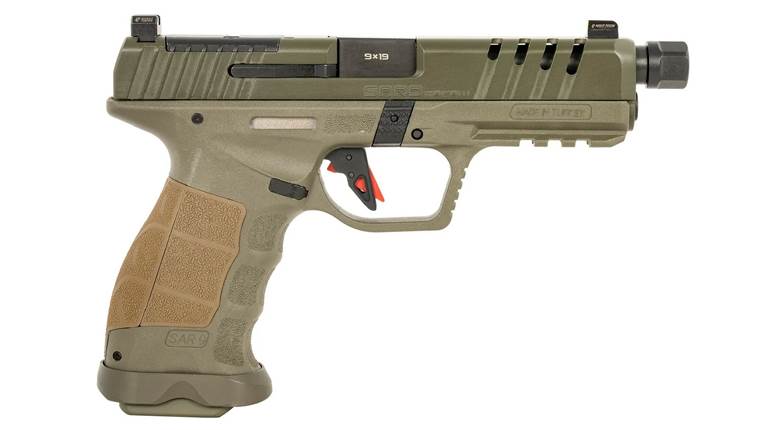
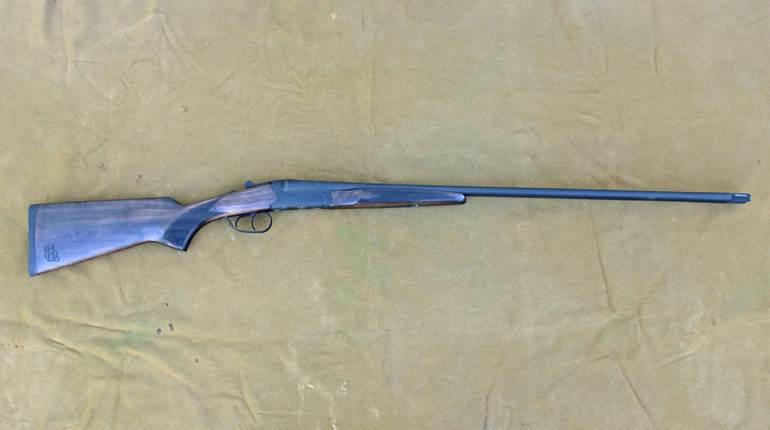
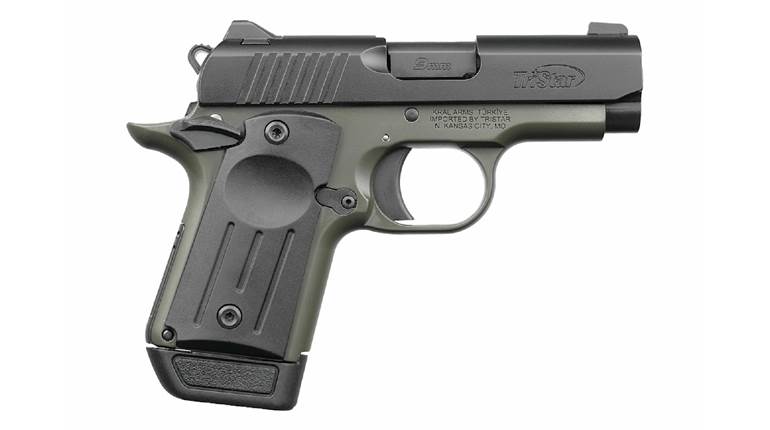
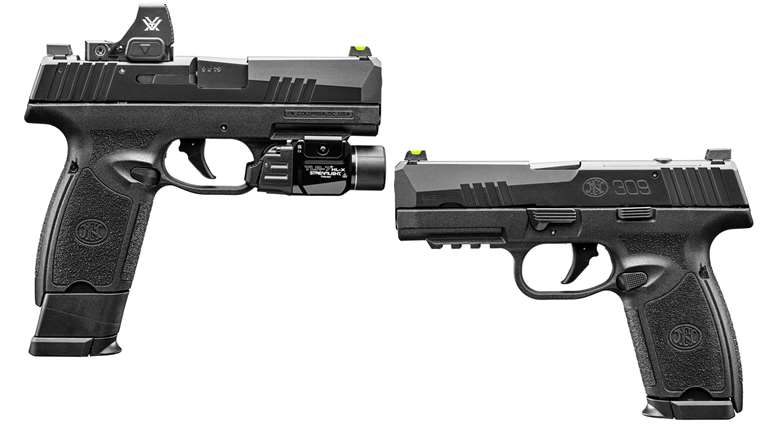

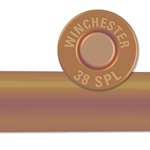
![Oconnor Small[67]](/media/bu2le2tp/oconnor-small-67.jpg?anchor=center&mode=crop&width=770&height=430&rnd=134126774953630000&quality=60)
![Oconnor Small[67]](/media/bu2le2tp/oconnor-small-67.jpg?anchor=center&mode=crop&width=150&height=150&rnd=134126774953630000&quality=60)
